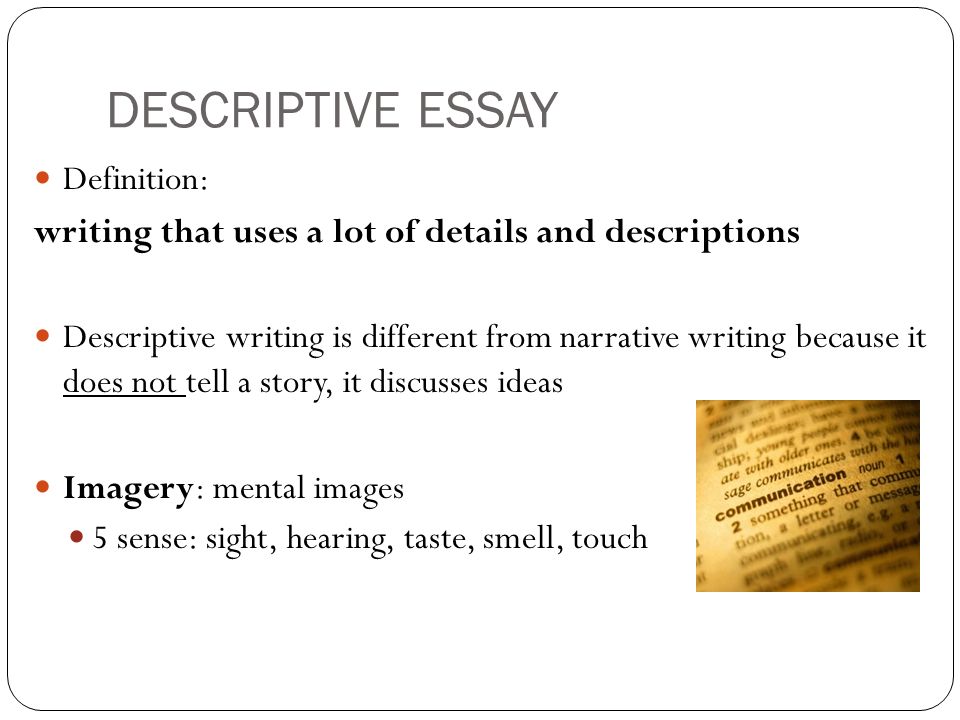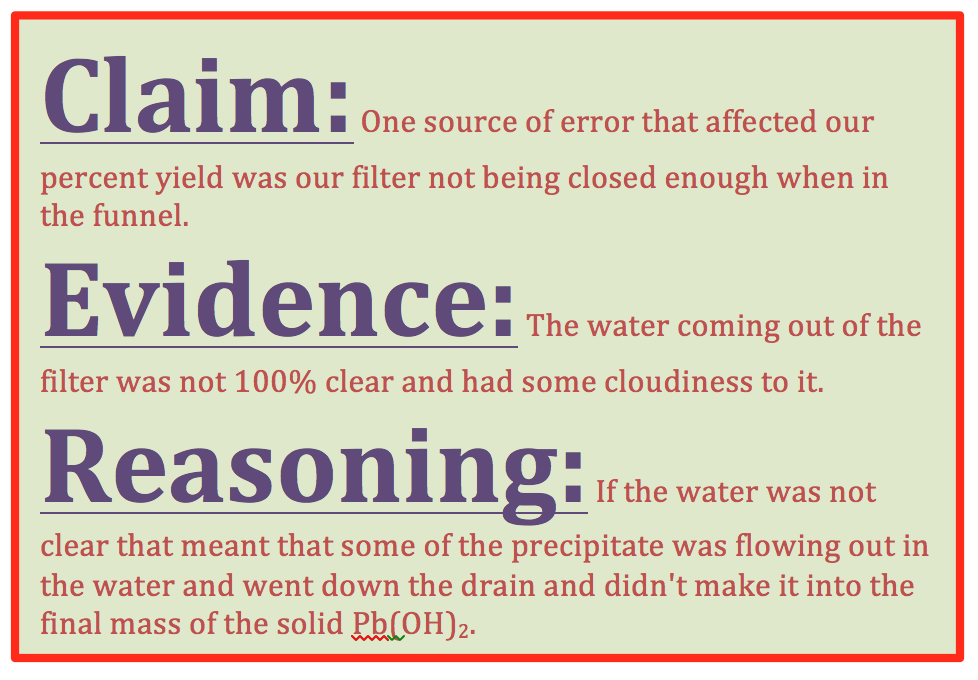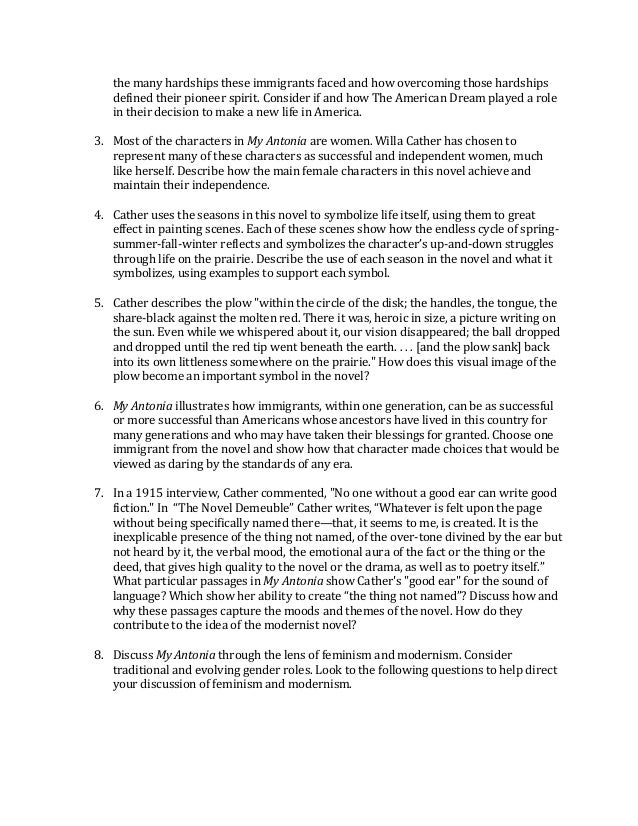
1: a dissertation embodying results of original research and especially substantiating a specific view especially: one written by a candidate for an academic degree. 2 a: a proposition to be proved or one advanced without proof: hypothesis Persuasive writing that focuses on convincing readers to see your perspective and agree with it is an argumentative essay. Here are some tips that one can Thesis Evidence Definition follow when writing such papers discussed in this article. Writing Read more>>/10()
Types of Evidence to Use in Writing and Essays
Thesis evidence definition handout will provide a broad overview of gathering and using evidence. It will help you decide what counts as evidence, put evidence to work in your writing, and determine whether you have enough evidence. It will also offer links to additional resources. Many papers that you write in college will require you to make an argument ; this means that you must take a position on the subject you are discussing and support that position with evidence.
Before you begin gathering information for possible use as evidence in your argument, you need to be sure that you understand the purpose of your assignment. If you are working on a project for a class, look carefully at the assignment prompt. It may give you clues about what sorts of evidence you will need. Does the instructor mention any particular books you should use in writing your paper or thesis evidence definition names of any authors who have written about your topic?
How long should your paper be longer works may require more, or more varied, evidence? What themes or topics come up in the text of the prompt? Our handout on understanding writing assignments can help you interpret your assignment. Instructors in different academic fields expect different kinds of arguments and evidence—your chemistry paper might include graphs, charts, statistics, and other quantitative data as evidence, whereas your English paper might include passages from a novel, examples of recurring symbols, or discussions of characterization in the novel.
Consider what kinds of sources and evidence you have seen in course readings and lectures. Primary sources include original documents, photographs, interviews, thesis evidence definition, and so forth. Secondary sources present information that has already been processed thesis evidence definition interpreted by someone else.
A movie review from a magazine or a collection of essays about the film would be secondary sources. Here are some examples of sources of information and tips about how to use them in gathering evidence. Books, journals, websites, newspapers, magazines, and documentary films are some of the most common sources of evidence for academic writing. Our handout on evaluating print sources will help you choose your print sources wisely, and the library has a tutorial on evaluating both print sources and websites.
A librarian can help you find sources that are appropriate for the type of assignment you are completing. Sometimes you can directly observe the thing you are interested in, by watching, listening to, touching, tasting, or smelling it.
Surveys allow you to thesis evidence definition out some of what a group of people thinks about a topic. Experimental data serve as the primary form of scientific evidence. For scientific experiments, you should follow the specific guidelines of the discipline you are studying. For writing in other fields, more thesis evidence definition experiments might be acceptable as evidence. For example, if you want to prove that food choices in a cafeteria are affected by gender norms, you might ask classmates to undermine those norms on purpose and observe how others react.
What would happen if a football player were eating dinner with his teammates and he brought a small salad and diet drink to the table, all the while murmuring about his waistline and wondering how many fat grams the salad dressing contained? Using your own experiences can be a powerful way to appeal to your readers.
You should, however, use personal experience only when it is appropriate to your topic, your writing goals, and your audience. Personal experience should not be your only form of evidence in most papers, and some disciplines frown on using personal experience at all. For example, thesis evidence definition, a story about the microscope you received as a Christmas gift when you were nine years old is probably not applicable to your biology lab report. Absolutely thesis evidence definition. After you introduce evidence into your writing, you must say why and how this evidence supports your argument.
In other words, you have to explain the significance of the evidence and its function in your paper. What turns a fact or piece of information into evidence is the connection it has with a larger claim or argument: evidence is always evidence for or against something, and you have to make that link clear.
As writers, thesis evidence definition, we sometimes assume that our readers already know what we are talking about; we may be wary of elaborating too much because we think the point is obvious. Try to spell out the connections that you were making in your mind when you chose your evidence, decided where to place it in your paper, and drew conclusions based on it.
Remember, thesis evidence definition, you can always cut prose from your paper later if you decide that you are stating the thesis evidence definition. Here are some questions you can ask yourself thesis evidence definition a particular bit of evidence:, thesis evidence definition. Answering these questions may help you thesis evidence definition how your evidence is related to your overall argument.
There are many ways to present your evidence. Often, your evidence will be included as text in the body of your paper, as a quotation, paraphrase, or summary.
Sometimes you might include graphs, charts, or tables; excerpts from an interview; or photographs or illustrations with accompanying captions.
Here are some tips to help you decide when to use quotations:, thesis evidence definition. Be sure to introduce each quotation you use, and always cite your sources. See our handout on quotations for more details on when to quote and how to format quotations. If you end a paragraph with a quotation, that may be a sign that you have neglected to discuss the importance of the quotation in terms of your argument.
When you paraphrase, you take a specific section of a text and put it into your own words. Paraphrasing is different than summary because a paraphrase focuses on a particular, fairly short bit of text like a phrase, sentence, or paragraph.
When you summarize, you are offering an overview of an entire text, or at least a lengthy thesis evidence definition of a text, thesis evidence definition. Summary is useful when you are providing background information, grounding your own argument, or mentioning a source as a counter-argument.
A summary is less nuanced than paraphrased material. Sometimes the best evidence for your argument is a hard fact or visual representation of a fact. This type of evidence can be a solid backbone for your argument, but you still need to create context for your reader and draw the connections you want him or her to make. Remember that statistics, data, charts, graph, photographs, and illustrations are all open to interpretation.
Guide the reader through the interpretation process, thesis evidence definition. Here are some techniques you can use to review your draft and assess your use of evidence. A reverse outline is a great technique for helping you see how each paragraph contributes to proving your thesis. When you make a reverse outline, you record the main ideas in each paragraph in a shorter outline-like form so that you can see at a glance what is in your paper. The reverse outline is helpful in at least three ways, thesis evidence definition.
First, it lets you see where you have dealt with too many topics in one paragraph in general, you should have one main idea per paragraph. Second, the reverse outline can help you see where you need more evidence to prove your point or more analysis of that evidence, thesis evidence definition.
Third, the reverse outline can help you write your topic sentences: once you have decided what you want each paragraph to be about, you can write topic sentences that explain the topics of the paragraphs and state the relationship of each topic to the overall thesis of the paper, thesis evidence definition.
For tips on making a reverse outline, see our handout on organization. You will need three highlighters or colored pencils for this exercise. Use one color thesis evidence definition highlight general assertions. These will typically be the topic sentences in your paper, thesis evidence definition. Next, use another color to highlight the specific evidence you provide for each assertion including quotations, paraphrased or summarized material, statistics, examples, and your own ideas.
Lastly, use another color to highlight analysis of your evidence, thesis evidence definition. Which assertions are key to your overall argument? Which ones are especially contestable?
How much evidence do thesis evidence definition have for each assertion? How much analysis? In general, you should have at least as much analysis as you do evidence, or your paper runs the risk of being more summary than argument. The more controversial an assertion is, the more evidence thesis evidence definition may need to provide in order to persuade your reader.
This technique may be easiest to use with a partner, thesis evidence definition. After each section, pause and let your friend interrogate you.
If your friend is acting like a child, he or she will question every sentence, even seemingly self-explanatory ones. Justifying your position verbally or explaining yourself will force you to strengthen the evidence in your paper, thesis evidence definition.
We consulted these works while writing this handout. Please do not use this list as a model for the format of your own reference list, as it may not match the citation style you are using. For guidance on formatting citations, please see the UNC Libraries citation tutorial. We revise these tips periodically and welcome feedback, thesis evidence definition. Lunsford, Andrea A. Miller, Richard E. The New Humanities Reader5th ed. Boston: Cengage. University of Maryland. Last updated October 28, This work is licensed under a Creative Commons Attribution-NonCommercial-NoDerivs 4.
You may reproduce it for non-commercial use if you use the entire handout and attribute the source: The Writing Center, University of North Carolina at Chapel Hill. Make a Gift. Skip to main content.
How To Write An Essay: Thesis Statements
, time: 5:20Evidence – The Writing Center • University of North Carolina at Chapel Hill

1: a dissertation embodying results of original research and especially substantiating a specific view especially: one written by a candidate for an academic degree. 2 a: a proposition to be proved or one advanced without proof: hypothesis Persuasive writing that focuses on convincing readers to see your perspective and agree with it is an argumentative essay. Here are some tips that one can Thesis Evidence Definition follow when writing such papers discussed in this article. Writing Read more>>/10()

No comments:
Post a Comment